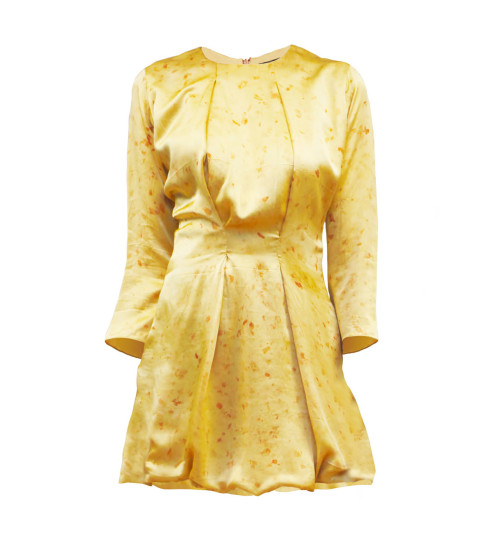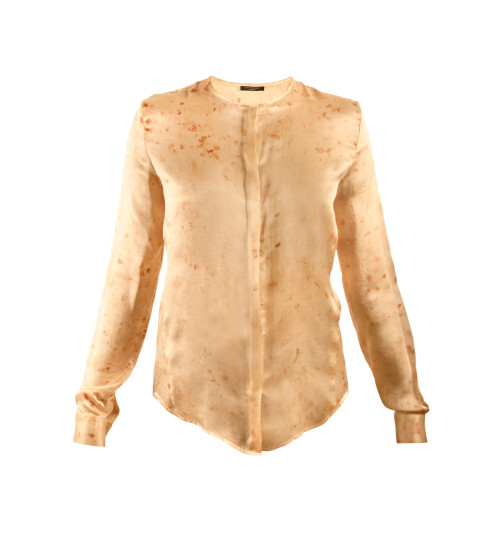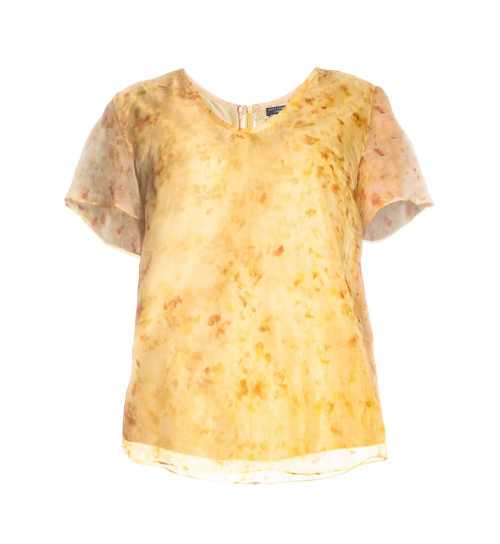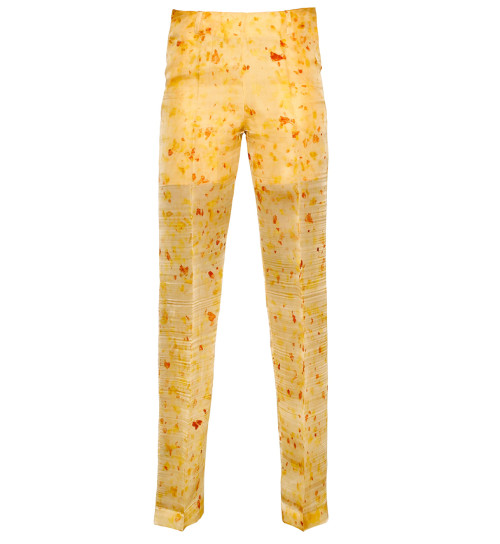COLOUR AND FURY – ECODYEING IN THE AGE OF FAST FASHION #INSIDEOUT
The Hindu Holi Festival of colours marks the end of winter and the start of spring; it is a celebration of love, colours and life, this notion should ideally make you feel hopeful for the future. The Holi festival started life in India, a country with a population of 1.2 billion people, the most populous democratic country on the planet. A country who’s population is vastly impoverished and has a poor labour track record in the textile industry; a country that is largely profited from garment manufacturing at a cost to a generation of its poorest women and children.
And guess who’s to blame for this situation, we have a sadistic love affair with our clothes that we do not even know we’re having, but its time we stop being in denial and wake up to the fact. On last week’s Channel 5’s debate talk show The Wright Stuff, on the topic of cheap fashion, a viewer proudly proclaimed that she was more than happy to buy cheap frocks for her daughter and throw it away after a couple of uses if it was damaged, simply because it was all that she could afford to buy, unfortunately, this disposable attitude towards fashion is one that is shared by the status quo.
Our favourite high street brands all use the services of these manufacturers in India and other countries in the developing world, Primark being the poster child. High on the list of manufacturing processes is dyeing fabric. A practice that can be highly damaging to the environment and dangerous for the workers forced to work under strenuous conditions, coming in contact with harsh chemicals used.
Incidentally the dyes used during the celebration of the Holi festival have also been found to be dangerous, they are manufactured dyes, which had replaced the natural dyes from the trees they used to use when the festival first began.
The textile industry is one of the most chemically intensive industries on earth, and the worst corporate when it comes to polluting clean water (after agriculture). It takes circa 500 gallons of water to produce enough fabric to cover one sofa. Half a billion people already live in regions prone to chronic drought, and by the year 2025, that number is likely to increase five times over, to between one-third and one-half of the entire world population. The global consumption of fresh water is doubling every 20 years.
Many textile manufacturers use dyes that release aromatic amines (e.g., benzidine, toluidine). Dye bath effluents may contain heavy metals, ammonia, alkali salts, toxic solids and large amounts of pigments, many of which are toxic. About 40% of globally used colorants contain organically bound chlorine, a known carcinogen.
These toxic chemicals have been found to trigger an allergic reaction in some people including children before birth. According to an article in Business Week in 2005, the population that is allergic to chemicals today will grow to 60% by the year 2020. Not trying to scare monger but it does cause pause for thought on the clothes you wear every day.
Factory fabric dyeing
Textile dye waste in running water
Kitty Ferreira makes it their business not to use these manufacturers and these kinds of practices. They focus on reducing their carbon footprint by sourcing all materials in the UK exclusively and where possible British made materials.
“Silk worms, for example are not grown nor harvested in the UK but we dye and print in environmentally friendly ways. The current collection uses pomegranate and onion skins to produce an exclusive print; so much so that no two pieces made from these prints will ever be exactly the same, offering an almost bespoke item at a fraction of the price.” Valerie Goode, Founder of Kitty Ferreira
Pomonion collection by Kitty Ferreira eco-dyed with pomegranate and onion skins
There are many ways to dye fabric without polluting the planet including the use of fruits and vegetables, a practice Kitty Ferreira advocates, but some people argue that while it makes sense to eco-dye at a small scale, eco dyeing for the industry it is impractical, they argue that growing natural crop for the sole purpose of dyeing fabric will take agriculture land meant for growing food crop away. Others feel that there is enough food in the world; it is just a gap between rich and poor and the unequal distribution of wealth that is the problem.
Well, the one thing you can be certain of is that it is healthier for us to wear clothes dyed with natural materials.
To scale up the practice of eco-dyeing for the mainstream consumer is down to new innovative technologies, industry leaders and designers to explore. Japanese retailer Muji has already started to take this step by planning to start an eco-friendly natural dyeing plant in Cambodia by 2015, which will employ over 300 people. A good start but something must be done to continue encouraging sustainable practices in the mainstream.
This Thursday 24th April, the fashion industry, will be participating in ‘Fashion Revolution day’ to remember the 1133 people who were killed and the 2500 that were injured when the Rana Plaza factory complex collapsed in Dhaka, Bangladesh.
Fashion Revolution says:
“WEAR IT #INSIDEOUT
Together we can use the power of fashion to catalyse change and reconnect the broken links in the supply chain. Wear your clothes inside out to help start the beginning of an industry-wide transformation towards a more sustainable future. Show us your inside out clothes on Instagram by tagging It @Fash_Rev and #InsideOut”
As consumers we trust our high street labels and designers to not cut corners when producing our garments, it has become very obvious that our trust in them has been broken, so the question is what are we going to do about it?
The Holi festival is meant to celebrate love, life and hope, recognising the errors of our previous ways and start anew, but this idea has also been tainted by our consumer demands. The festival has now been hijacked by Corporate organisers who choose the use of artificial dyes as oppose to natural ones to meet the growing demand of the festival outside the Hindu communities around the world. Corporate greed is ugly everyone knows that, but when do we begin to stop pretending that it does not affect real people’s real lives and start taking responsibility?
Find featured items in shop:
Pomonion Dress
Pomonion Shirt
Pomonion T-Shirt
Pomonion Trousers





Leave a Reply